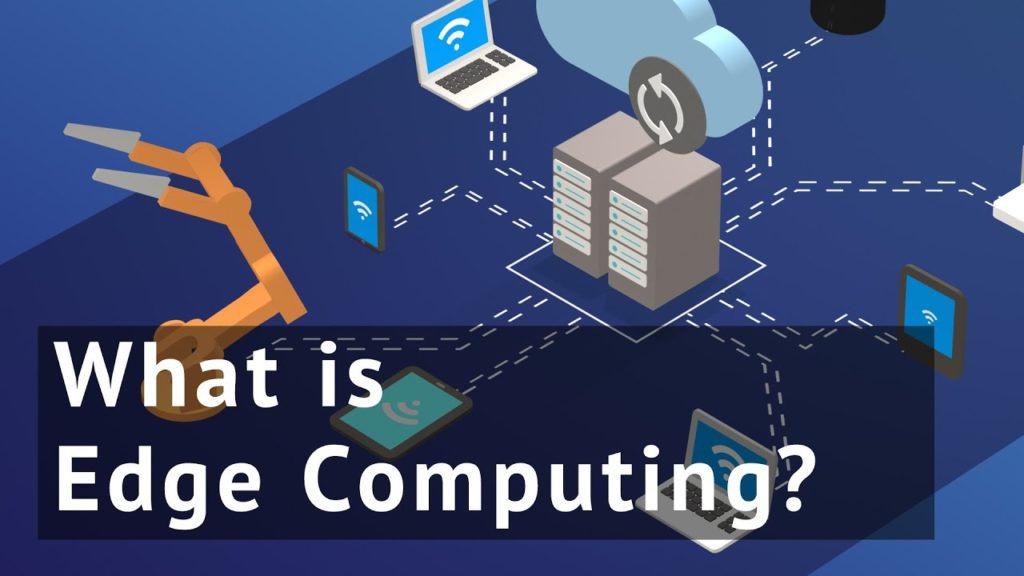Table of Contents
ToggleEdge Computing | IT Services Company

Knowledge is generated at a data source, therefore reducing the amount of data sent to the cloud and central repository
Who are we?
● We are NextVee Enterprises Pvt Ltd a leading IT services company with expertise in web app development, mobile app development, ERP, CRM, and digital marketing. We take a great effort to provide highly functional, innovative, and personalized solutions. To provide you with the finest web development service possible, we work with your company’s goals and objectives in mind. We implement digital marketing tactics so you can focus on operating your company while we handle site design and development. Because of the enormous benefits it brings, the software-as-a-service business is developing at a breakneck pace. You won’t have to worry about new software updates, server installations, or operating an IT department, as you would with On-Premise software. You get the most recent version of the product with SaaS, and it works on the cloud! We are India’s leading SaaS application development business, specializing in high-quality, cutting-edge, deep-tech SaaS applications. Our ability to produce world-class SaaS solutions is based on learnings and frameworks with an emphasis on Analytics and Integrations, which has given us a tremendous understanding of the process of launching and supporting a product.
● Edge computing is helping to address significant concerns with throughput, latency, robustness, and data independence in developing use cases such as IoT, AR/VR, robots, machine learning, and telecom network activities that demand services to be supplied closer to consumers. While cloud computing stores data and software services in a centralized data center and provides them via the Internet to end-users, edge computing pushes data and software closer to the end-user. To put it another way, edge computing relocates certain storage and computation resources from a central data center closer to the data source. Although the cloud may move centralized
processing closer to the data source, it cannot do so at the network’s edge.
● Because edge devices can generate terabytes of data, evaluating data closer to the source and delivering just short packets of compressed data to centralized systems can be more cost-effective. Because vast volumes of data may be handled near the source, edge computing allows for efficient data processing while also decreasing Internet bandwidth utilization. Data is processed and analyzed closer to where it originated, making edge computing a more efficient option. Edge computing is a distributed computing paradigm that puts computation and data storage closer to the point of use in order to enhance reaction times and bandwidth efficiency.
● Edge computing enables businesses to shift operations like data analysis and decision-making closer to the source of the data. Edge computing, meanwhile, aims to shift computation from the data center to the network’s edge, utilizing smart devices, mobile phones, and network gateways to execute activities and deliver services on behalf of the cloud. While one of the first goals of edge computing was to minimize the cost of transporting data over long distances owing to the proliferation of IoT-generated data, the emergence of real-time applications that must be processed at the edge will drive technical improvement.
● The proliferation of IoT devices at the network edge generates a massive volume of data for data centers to process, putting significant strain on network capacity. Many operators are adopting edge computing techniques in their 5G deployments to enable speedier real-time processing, notably for mobile devices, connected automobiles, and autonomous vehicles, rather than delivering high bandwidth and encouraging enterprises to continue processing data in the cloud. Edge computing allows companies to pull their apps out of the cloud and host them on-site, either by owning and employing network equipment or by paying for on-premises hosting in a
data center, to enhance network performance for employees, consumers, and smart devices.
● The cloud data center may be too far away, but the perimeter implementation may simply be too resource-constrained, physically sparse, or distributed to make full-edge computing practical. Edge computing can reduce network costs, avoid bandwidth limitations, reduce transmission delays, limit service outages, and provide better control over the movement of sensitive data. Key benefits of edge solutions include low latency, high throughput, device processing, and data loading, and reliable processing and
storage.
